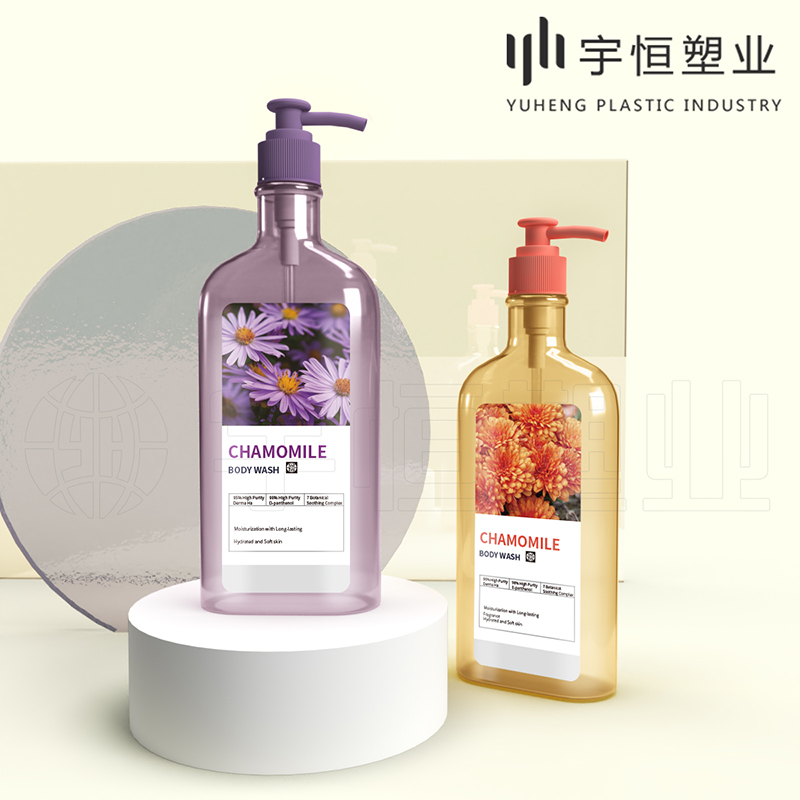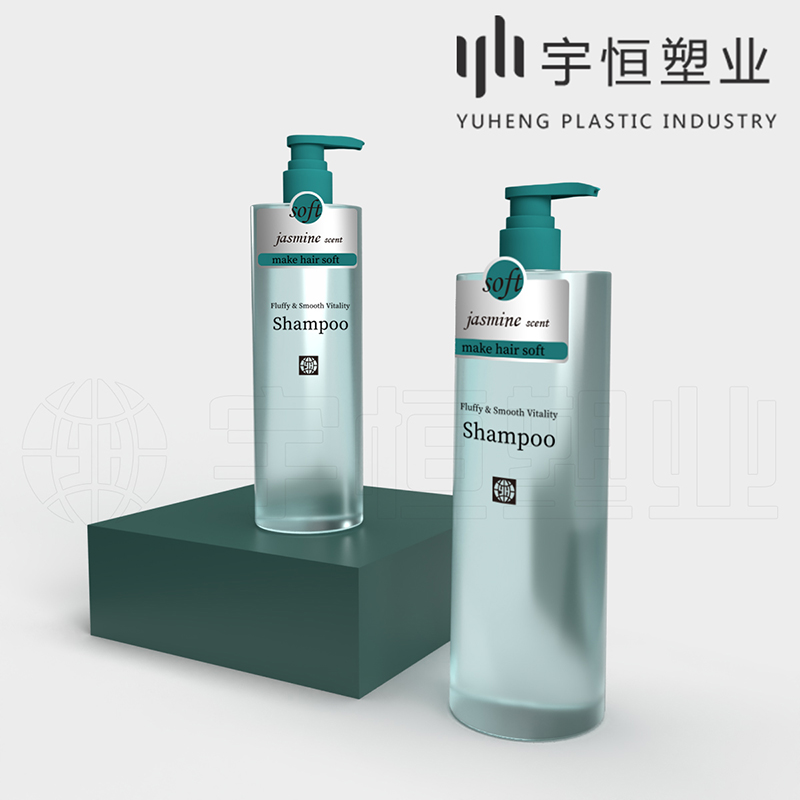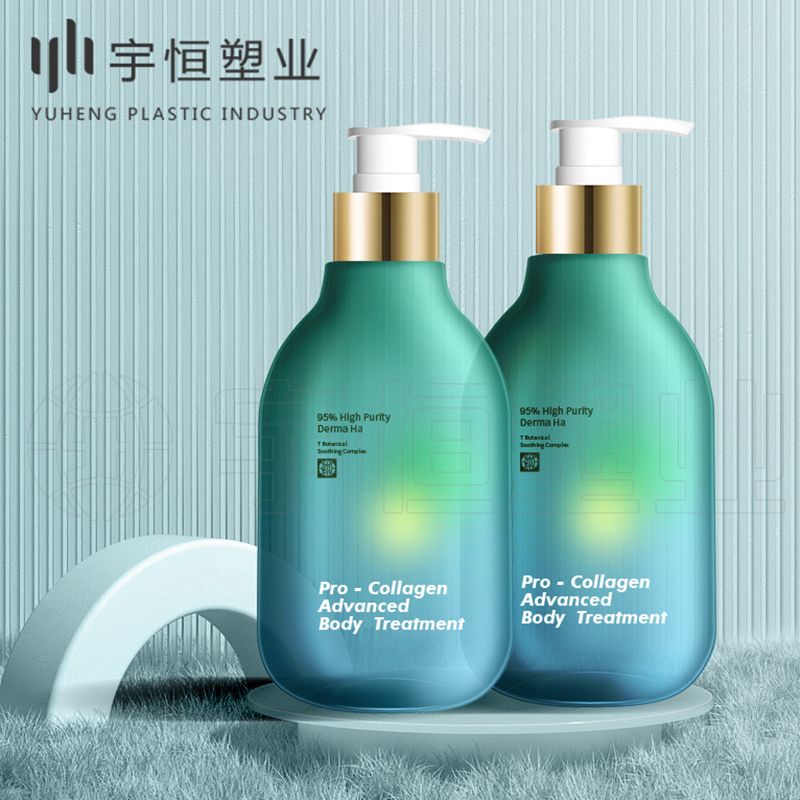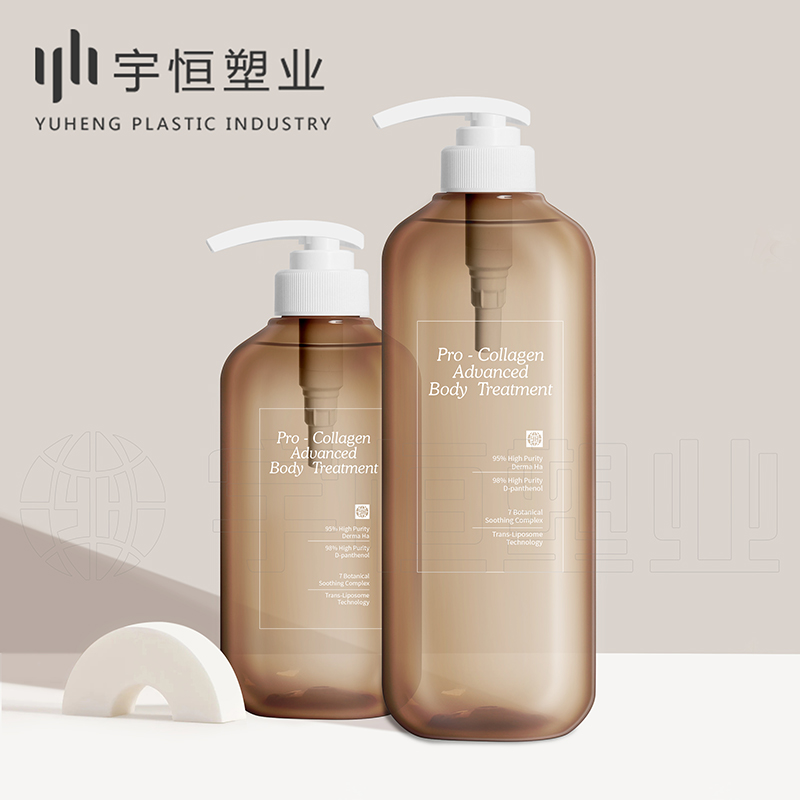In the daily chemicals industry, shampoo, as an everyday necessity, its plastic bottle packaging serves not only as a container for the product but also as a direct reflection of brand image and market appeal. An excellent shampoo plastic bottle packaging design necessitates a balance between functionality, aesthetics, environmental friendliness, and user experience. The following are the core principles of shampoo plastic bottle packaging design, aimed at guiding manufacturers to create both practical and eye-catching product packaging.

1. Functionality Takes Precedence
Sealability: Shampoo often contains various chemical components and active ingredients. Good sealability is crucial to prevent ingredient evaporation and maintain product freshness. The cap design should fit snugly onto the bottle neck, and leak-proof seals can be added when necessary.
Durability: The plastic bottle should be made of high-strength, shatter-resistant materials to ensure it does not break easily during transportation, storage, and use, thereby protecting the contents.
Ease of Use: The bottle design should consider user convenience, such as a wide mouth for easy pouring or a squeeze pump head for controlled dispensing and reduced residue.

2. Aesthetic Appeal
Brand Recognition: Packaging design should incorporate brand elements like logos, colors, and fonts to ensure consumers can instantly identify the brand among many, enhancing brand recall.
Trendiness & Fashion: Keep up with market trends by adopting design styles that align with current aesthetic preferences, such as minimalist, vintage, or natural styles, to attract target consumers.
Color Coordination: Color is the first element to grab attention. A reasonable color scheme not only enhances product aesthetics but also conveys product attributes (e.g., freshness, nourishment).

3. Environmental Sustainability
Material Selection: Prioritize recyclable, biodegradable, or eco-friendly plastic materials to reduce environmental impact. Consider using PCR (Post-Consumer Recycled) materials to enhance the packaging's eco-value.
Lightweight Design: Minimize bottle weight while ensuring structural strength to reduce material consumption and transportation carbon footprint.
Waste Reduction: Design packaging structures that are easy to separate and recycle, like detachable caps and bodies, facilitating sorting and recycling.

4. User Experience Comes First
Ergonomics: The bottle shape and size should facilitate easy gripping, reducing hand fatigue, especially maintaining a secure grip in wet conditions.
Clear Information: Label information should be concise and comprehensive, including product name, ingredients, usage instructions, production date, shelf life, and safety warnings, safeguarding consumer rights.
Enhanced Interactivity: Utilize AR (Augmented Reality) technology, QR code links, etc., to increase packaging interactivity and fun, boosting user engagement and brand loyalty.

In summary, the core principles of shampoo plastic bottle packaging design lie in balancing functionality, aesthetics, environmental friendliness, and user experience. Through continuous innovation and optimization, manufacturers can create packaging solutions that meet market demands while showcasing brand characteristics. They should stay abreast of industry trends and consumer needs, continually enhancing packaging design standards to win broader market space for their brands.




